Alfred Wierusz-Kowalski
Mediathek Sorted
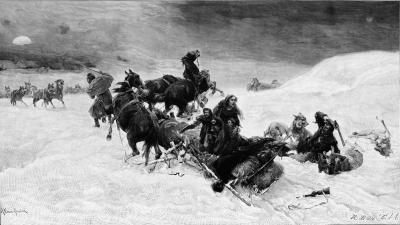
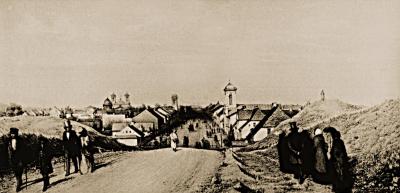
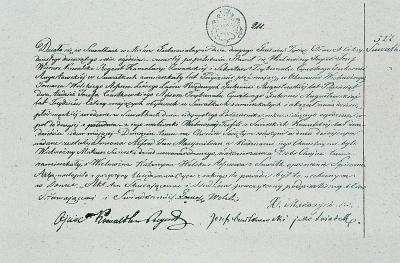
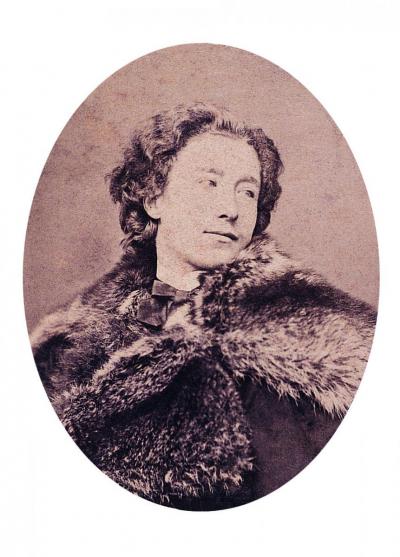
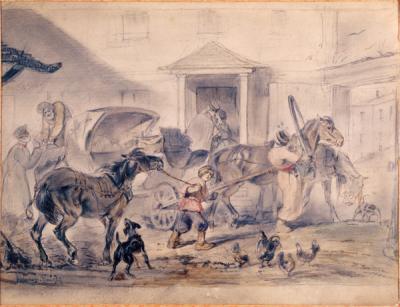
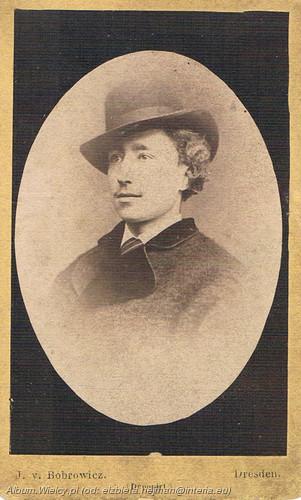
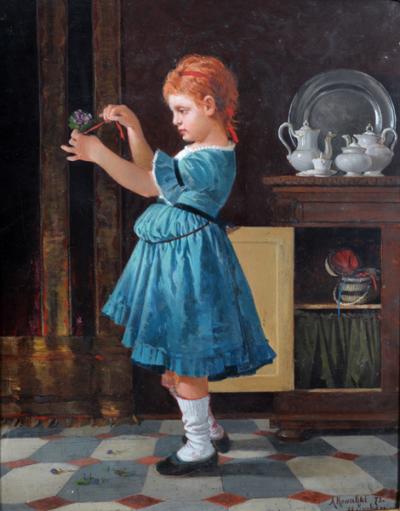
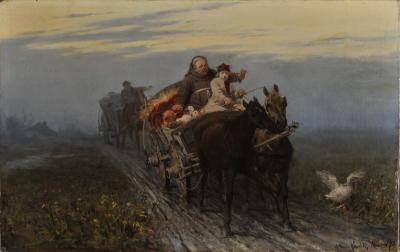
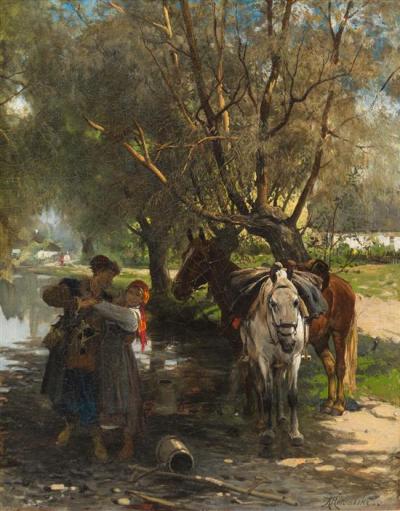
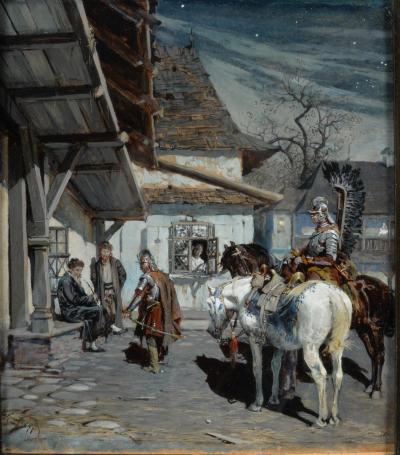
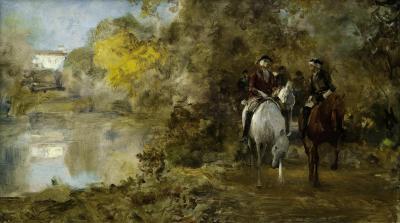
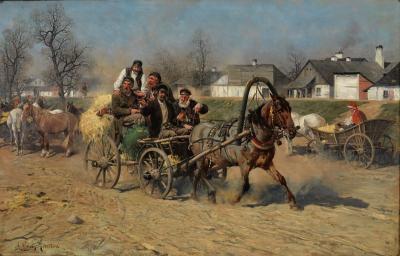
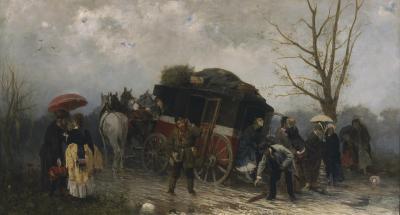
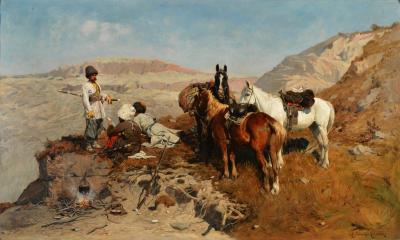
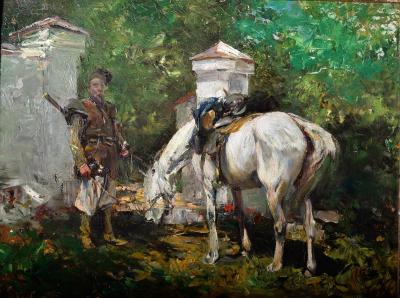
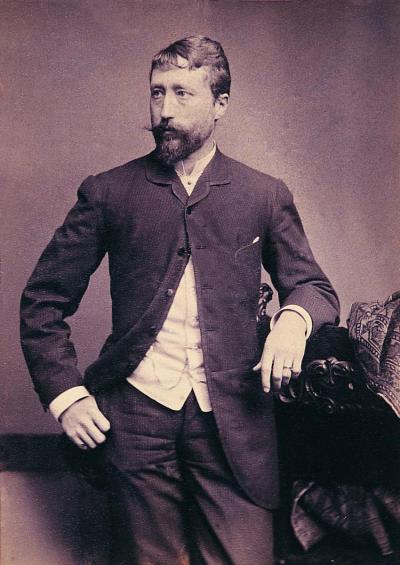
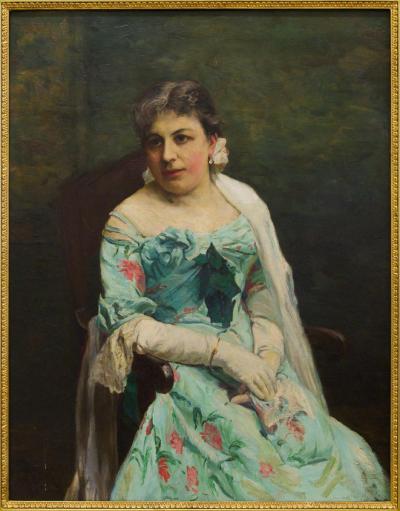
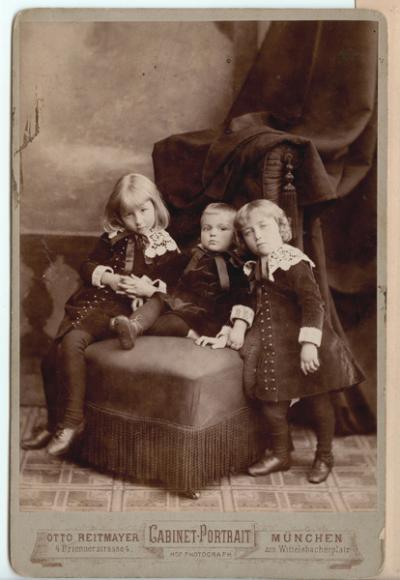
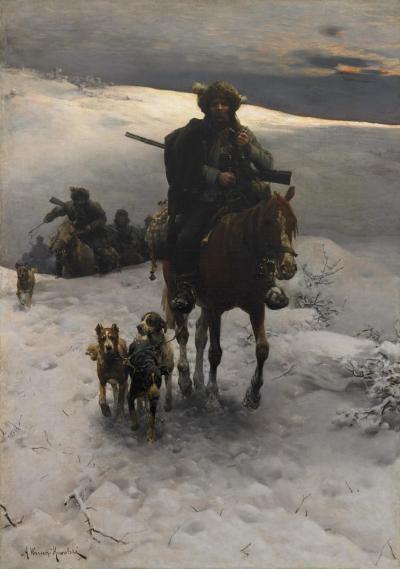

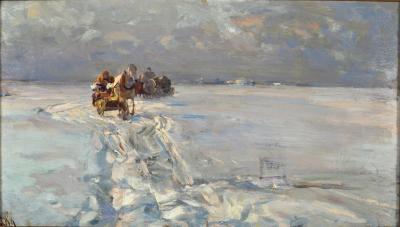
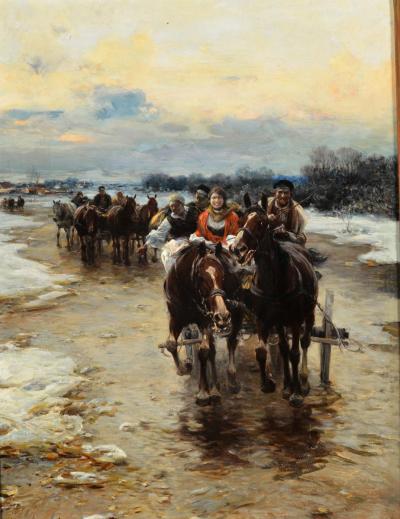
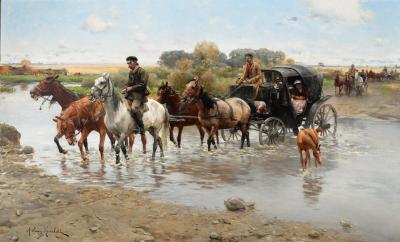
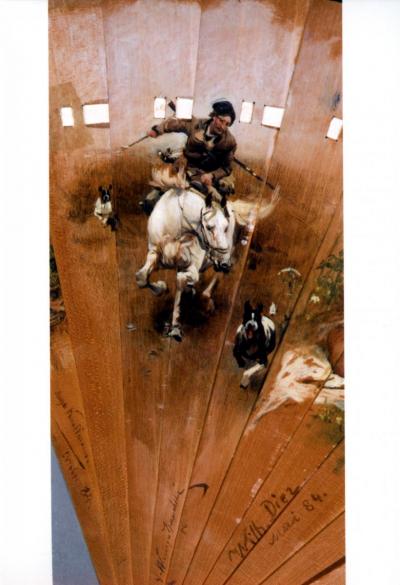
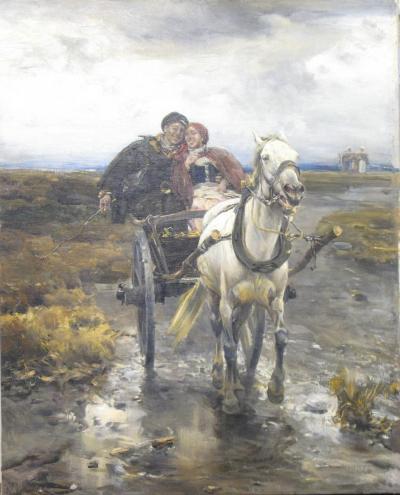
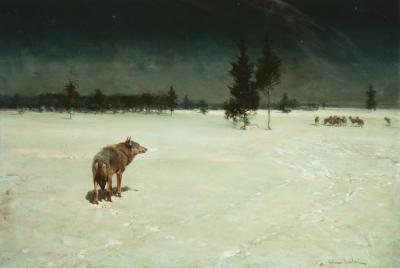
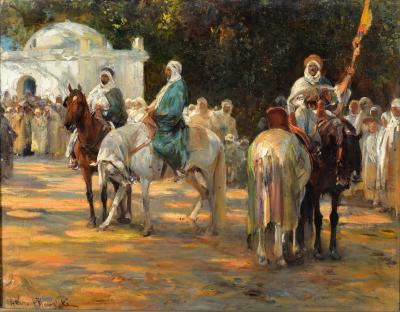
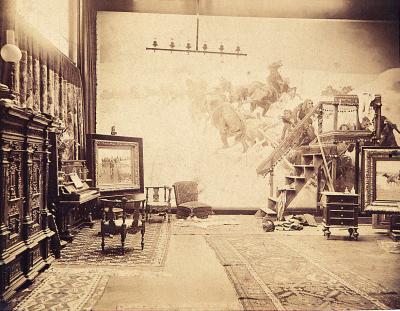

Alfred Wierusz-Kowalski was born in Suwałki on 11th October 1849 (Ill. 2). Many years previously his father had moved there in order to work as a lawyer. The small rural town, whose population only numbered a few thousand, lay between lakes and forests. Its inhabitants were generally poor and belonged to a number of different groups. Other than Poles and Jews, the majority of people living here were Russian, since this part of Poland was under Russian domination at the time.[1] Military barracks were built on all four traffic arteries in the town. The cultural and artistic life of the town could be described as meagre. There had been no previous artists in the Wierusz-Kowalski family, whose roots date back to the 13th century. The talents and sensitivities of the future painter developed in these surroundings. There are no further documentary records of his childhood years apart from his baptismal certificate (Ill. 3).[2]
In 1865 the Wierusz-Kowalski family moved to Kalisz in the middle of the country. The Talmud, one of the oldest in Poland, offered more culture, and more heavily developed educational system and better job possibilities.[3] There Alfred Wierusz-Kowalski attended a grammar school that enjoyed a good reputation: one of the teachers of drawing and calligraphy was a trained and talented – if only provincial – painter by the name of Stanisław Barcikowski.[4] We cannot rule out the fact that he recognised his pupil’s talents, for he then left Kalisz (Ill. 4) in 1868 to move to Warsaw. Here he attended the drawing class, the sole institution for artistically talented youths.[5] During this time he also visited the private workshop of the highly talented painter and excellent pedagogue, Wojciech Gerson, who was the teacher of many artists.[6] He taught his students the techniques of painting from the very start: they were schooled in observing nature, which should be regarded as the great master, and in doing so they learnt many things about the history of art. Despite everything, visiting the drawing class was not particularly important in Wierusz-Kowalski’s apprenticeship, even when moderately talented artists like Rafał Hadziewicz and Aleksander Kamiński were active here.
The next step in the training of the future painter led him to the Art Academy in Dresden. This was an unexpected choice because the Dresden School was anything but popular. The courses left a lot to be desired. On top of that Polish family names hardly appeared at all amongst the small number of students although many Polish families lived in the capital of Saxony.[7] The many local migrants, who also included Józef Ignacy Kraszewski [8] might have provided him with the decisive reason for choosing the city that was powerfully linked with Polish history and culture.[9] The extant work Stacja pocztowa (Post Coach in the City, Ill. 5) [10] also dates back to this time.
[1] Since 1795 Poland was no longer an independent state. The neighbouring powers of Prussia, Russia and Austria divided the territory of the Polish Republic three times amongst themselves (1772, 1793 and 1795).
[2] The certificate of baptism can be found in the Archiwum Państwowe [State Archive] in Suwałki.
[3] Gallus Anonymus names the town as Kalis in his Polish Chronicle, 1112-1116.
[4] Stanisław Barcikowski (1832–1897), painter and graphic artist, teacher of drawing at schools in Kalisz.
[5] The drawing class was set up in 1865 in order to teach drawing in middle schools. The repressions by Czarist Russia were extended to cover the whole of the kingdom of Poland after the January Uprising (1863-1864). They also affected the dissolution of all higher education institutions including art academies. The drawing class was the sole educational institution artistically talented youths. It changed its name to the Academy of Fine Arts [Akademia Sztuk Pięknych] in 1920.
[6] Wojciech Gerson (1831–1901), landscape painter, author of historic scenes, educationalist, art historian. He studied in Petersburg and under Leon Cogniet in Paris. Amongst his students were Józef Chełmoński, Adam Chmielowski, Henryk Piątkowski, Antoni Piotrowski and Leon Wyczółkowski.
[7] Władysław Czachórski and Ludwik Kurella studied in Dresden, and later continued their training in Munich. See: the matriculation list of the Royal Academy of Fine Arts in Dresden from Easter 1855 to Easter 1882, in the Saxony Central State Archive in Dresden.
[8] Józef Ignacy Kraszewski (1812–1887), writer, publicist, publisher and historian with a political and social commitment to migrants. Author of 232 novels!
[9] Portret J. I. Kraszewskiego [Portrait of J. I. Kraszewski], Signature: A. Kowalski/ Drezno 71 [Dresden 71], oil on canvas, 127 x 87 cm. Muzeum Okręgowe [district museum] in Suwałki, from the depot of the Muzeum Narodowe in Warsaw [National Museum Warsaw].
[10] Stacja pocztowa, 1871–1872, pencil on paper, 23.5 x 32 cm. Muzeum Okręgowe [district museum] in Suwałki.





















































































